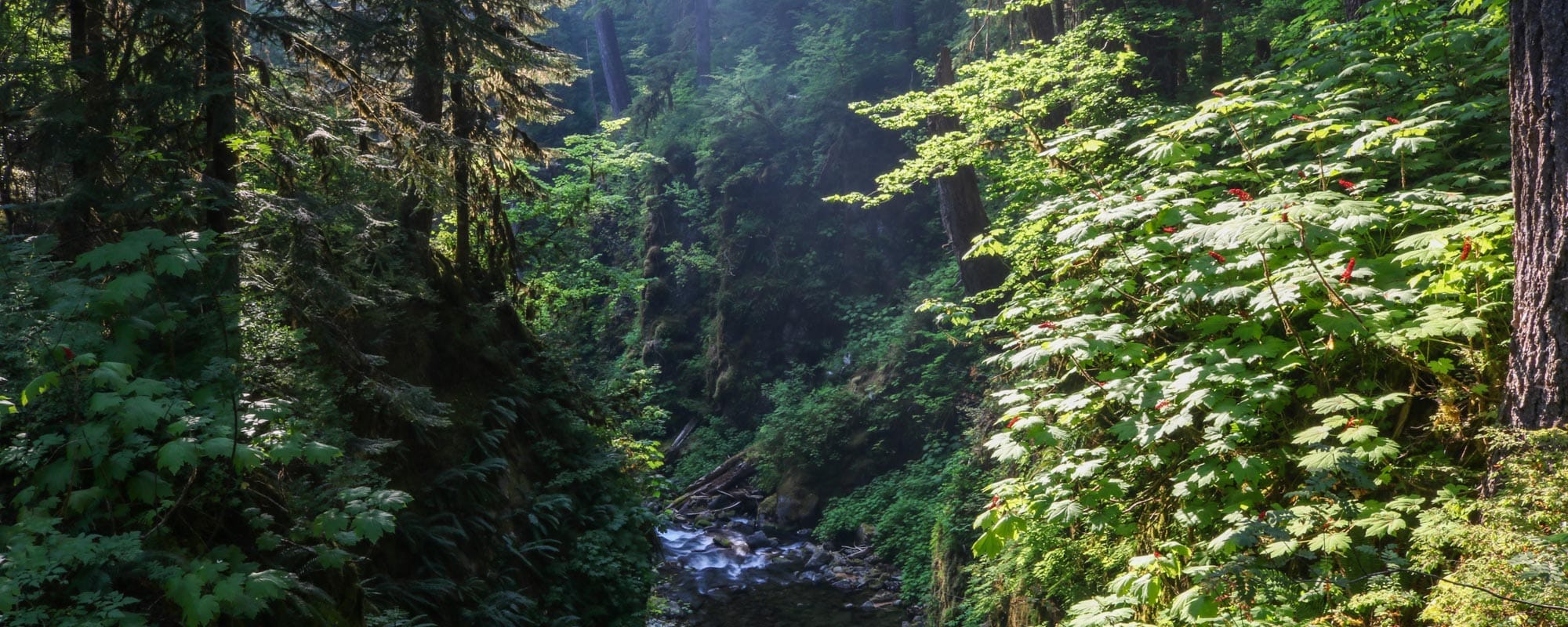Sometimes called “three parks in one”, spectacular Olympic National Park has three distinct regions—the Olympic Mountains, pristine temperate rain forests, and dozens of miles of wilderness coastline.
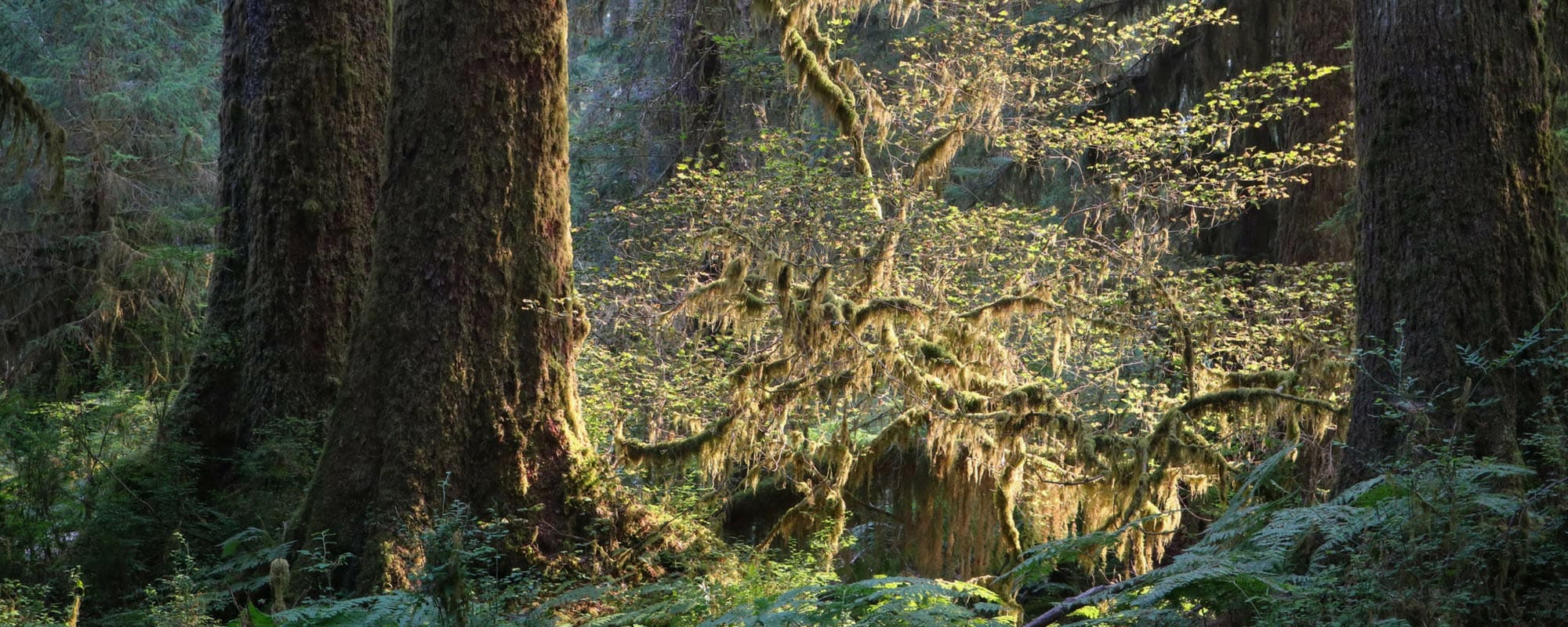
Olympic National Park stands out from the other American national parks because of its staggering variety. From mountain to coast, from forest to lake, Olympic harbors a huge diversity of plants and animals, including some that are endemic to the region.
Thanks to this unique (bio)diversity, the park is both an International Biosphere Reserve and a UNESCO World Heritage Site.
Mountains
The park’s centerpiece is mighty Mount Olympus, towering above the Olympic Mountains, its glaciers feeding numerous rivers that flow from the mountain to the coasts like spokes on a wheel.
The Olympic Mountains, the core of this national park, are home to lots of wildlife, including black bears, cougars, black-tailed deer and the endemic Olympic marmot. This is an area characterized by crystal-clear glacial lakes, beautiful waterfalls and rocky ridges.
The most convenient, and only, way in by car is Hurricane Ridge, starting just south of downtown Port Angeles and leading to spectacular viewpoints and hiking trails.
Rain Forests
Olympic National Park isn’t just about mountains, though. This is also where you’ll find one of the world’s largest temperate rain forests.
The sea-facing slopes of the Olympic Mountains receive between 12 and 14 feet (!) of rain each year, making this one of the wettest places in the United States. Thick mosses hang from tree branches like curtains, while lush green ferns blanket the forest floor.
There are three main rain forest areas in Olympic: the Quinault, Queets and Hoh Rain Forests, of which the latter is the most popular. It’s here that lucky hikers can spot herds of Roosevelt elk, North America’s largest variety of elk.
Coastal Wilderness
The third main biotope in Olympic National Park is the rugged coast. Extending for 73 miles (117 kilometers) along the western Olympic Peninsula, this is the longest coastal wilderness area in the contiguous USA.
This epic stretch of beaches, sea stacks, tidepools, washed-up logs and towering coastal forests is unlike any other place in the country.
Separated from the other parts of the park, the coast is a wildlife watcher’s paradise. Whales migrate seasonally along the coast, rare sea otters frolic in the frigid water, occasional black bears wander along beaches, bald eagles soar the sky, and salmon fight their way upstream rivers.
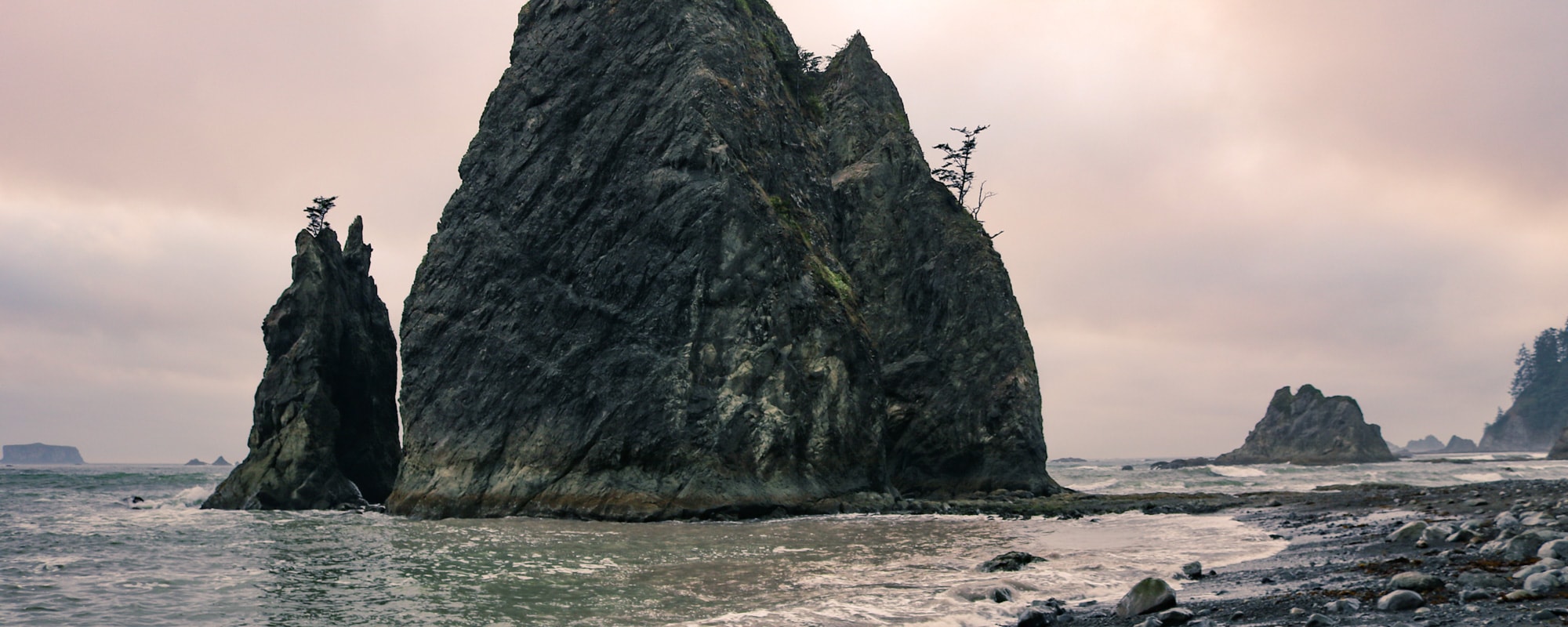
This Olympic National Park information page contains affiliate links. You can read more about our Terms of Use / Disclosure here.
Highlights of Olympic National Park
Honestly, Olympic National Park is one big highlight, but if I had to pick my favorite areas, they would be the following.
- Sol Duc Falls
- Lake Crescent
- Hurricane Ridge
- Hoh Rain Forest
- Quinault Rain Forest
- Ruby Beach
- Rialto Beach
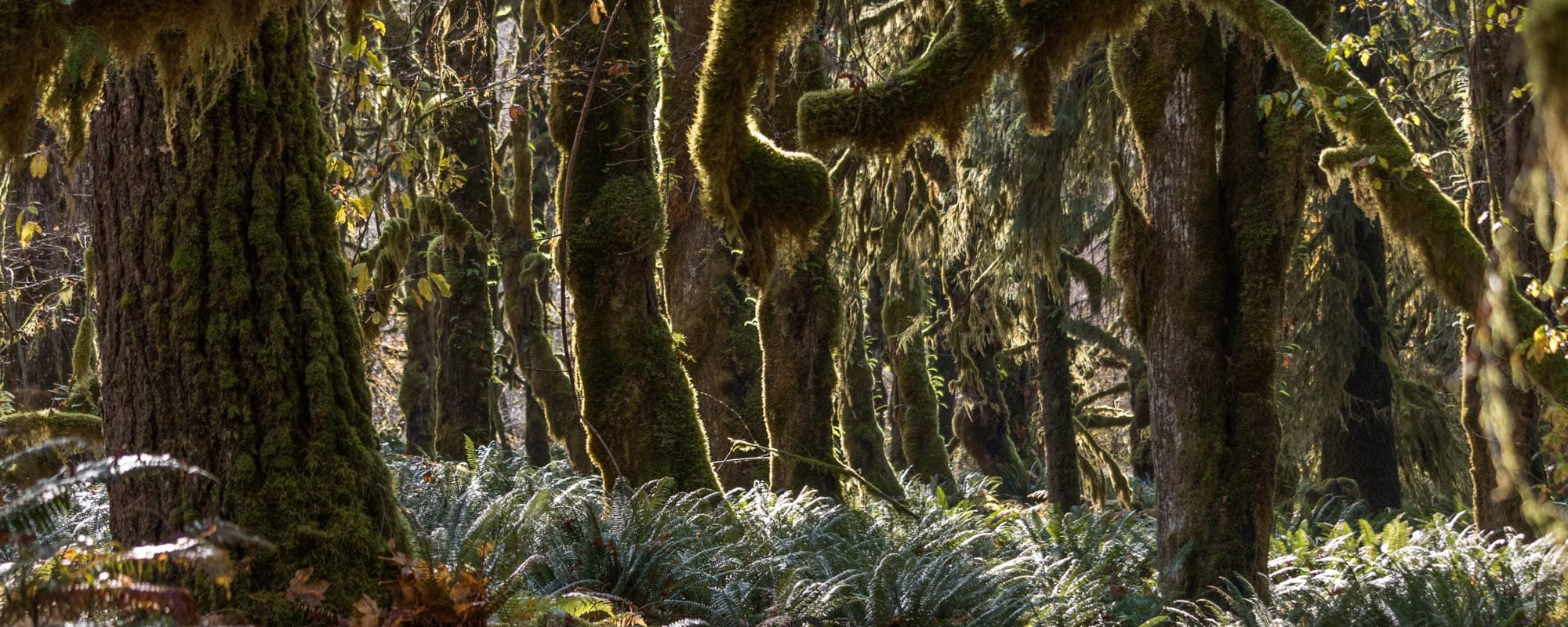
Accommodation Near Olympic National Park
A myriad of campgrounds dot the Olympic Peninsula. More than a dozen lie within the national park, while surrounding Olympic National Forest and towns also have several campgrounds.
Most Olympic National Park campgrounds are first-come, first-served. There are plenty of campgrounds around, so even in the peak season you should be able to find a site in the morning. (Just make sure to get there before 11 a.m.)
For more luxurious accommodation near Olympic National Park, you can choose from a variety of places to stay in Port Angeles and Forks.
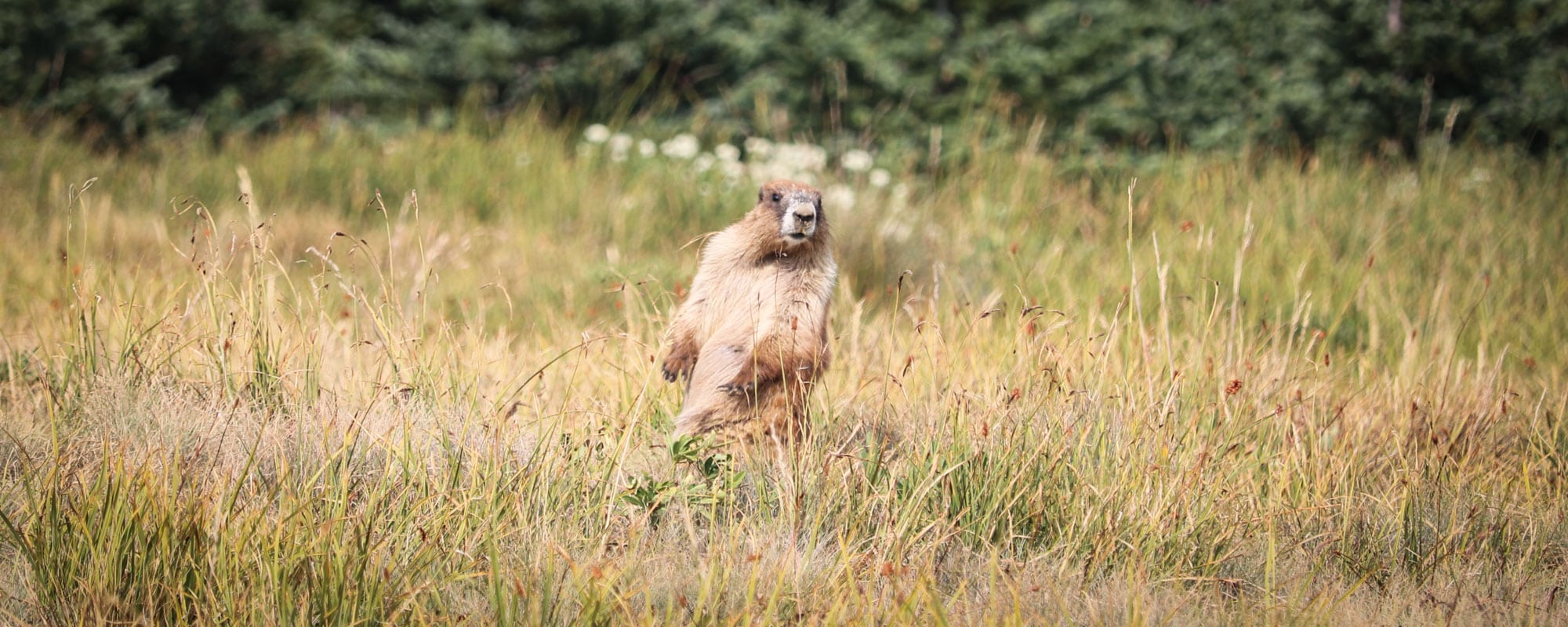
Useful Info
Location: Olympic Peninsula, western Washington
Nearest Towns: Port Angeles and Forks
Area: 1,441.6 square miles (922,650 acres)
Annual Visitors (2022): 2,432,972
Features: Olympic Mountains, wilderness coast, temperate rain forests, glacial lakes, wildlife
Top Attractions: Hurricane Ridge, Lake Crescent, Sol Duc Hot Springs and Falls, Hoh Rain Forest, Quinault Rain Forest, Rialto Beach and Ruby Beach
Popular Activities: Hiking, backpacking, boating, fishing, tidepooling, camping, wildlife watching
Suggested Stay: 3-4 days
Campgrounds:
- Fairholme Campground (88 sites)
- Graves Creek Campground (30 sites)
- Hoh Campground (78 sites)
- Queets Campground (20 sites)
- Heart O’ the Hills Campground (105 sites)
- Sol Duc Campground (82 sites)
- Mora Campground (94 sites)
- Kalaloch Campground (170 sites)
- South Beach Campground (55 sites)
- Staircase Campground (49 sites)
- Deer Park Campground (14 sites)
- North Fork Campground (9 sites)
- Ozette Campground (15 sites)
More Information: National Park Service
Nearby National Parks:
- Mount Rainier National Park, Washington
- North Cascades National Park, Washington
- Crater Lake National Park, Oregon
